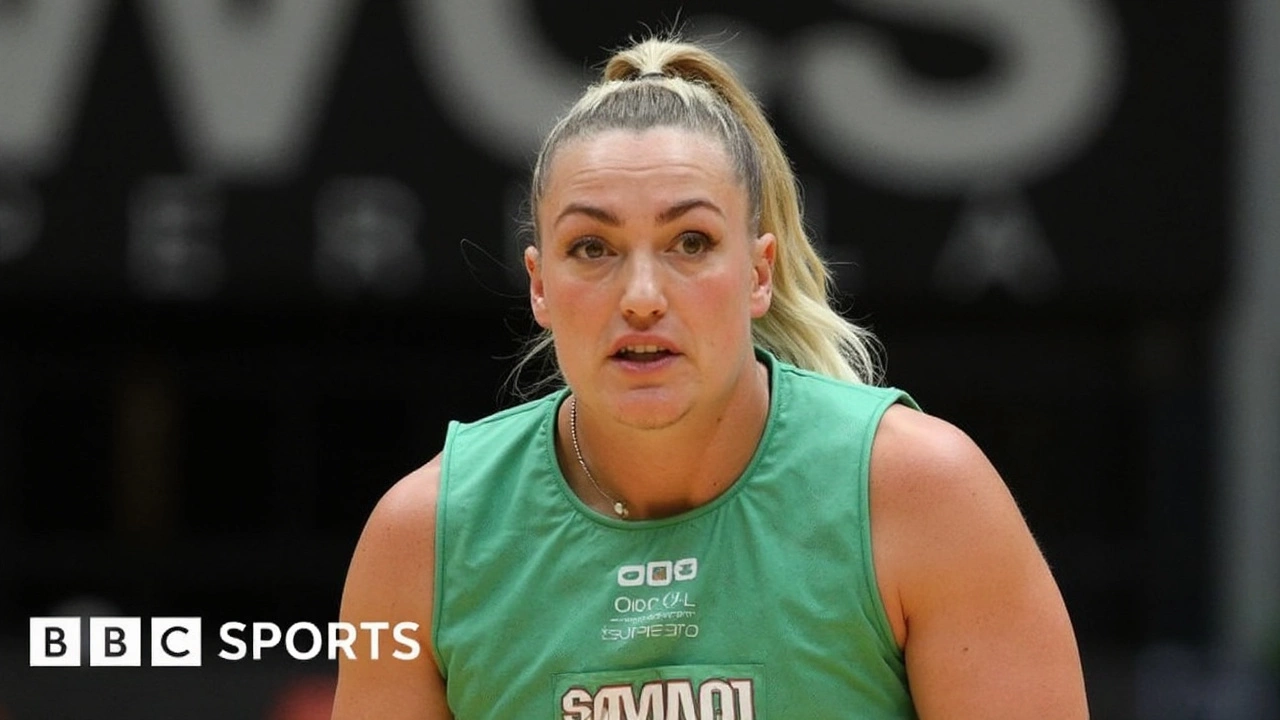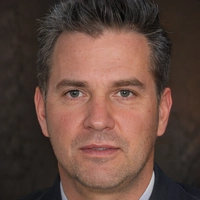Students Speak Out: Navigating Free Speech on Campus
University students across the UK aren’t tiptoeing around the topic of free speech anymore. They’re loud and clear—they want better guidance from their schools. The talk isn’t just about angry debates or headline-grabbing events; it’s about what students can actually say or discuss without worrying about crossing an invisible line. It’s also about how universities can create spaces that are safe and fair for everyone—without muffling voices that don’t fit the mainstream mood.
The spotlight is now on vague school rules that make students second-guess themselves. Many feel like they’re walking on eggshells, unsure if asking the wrong question in a seminar or posting an unpopular opinion online will land them in hot water. One real roadblock is the growing patchwork of campus policies—everything from ‘bias-response’ systems that let students anonymously report offensive speech, to ‘free speech zones’ that squeeze open discussion into tiny corners of campus.
Students say these rules sound good on paper but get tricky when put to the test. Some feel safer knowing hate speech and harassment will be called out. But others worry the same reporting systems can get abused or weaponized, shutting down honest discussion and criticism by labelling uncomfortable ideas as ‘harmful.’ It’s not an imaginary fear. A few UK campuses have already seen situations where guest speakers or student groups were disinvited or shut down after bias complaints, causing uproar and headlines.

Public, Private, and a Patchwork of Policies
The legal side of things doesn’t make it any simpler. In the United States, public universities are legally bound to protect free speech under the First Amendment—a powerful shield, but not a perfect one. Rules about hate speech, discriminatory conduct, and campus safety keep bumping up against free expression protections. Meanwhile, private schools don’t have to guarantee free speech in the same way, but most have signed up to similar standards—whether to attract students or keep in line with rules tied to federal funding.
So, what’s really happening on the ground? You’ll find everything from ultra-strict speech codes that ban certain words outright, to hands-off policies that only crack down on genuine threats or harassment. This mix leaves students and staff in the dark about what’s actually okay to say during a heated debate, lecture, or even in a tweet about last night’s student union meeting. One senior lecturer, Neil Withnell, has become a go-to voice for those feeling boxed in by ill-defined rules. He’s urged universities to spell things out clearly, saying that punishing people without clear boundaries ends up scaring everyone into silence.
And let’s not forget social media, which throws fuel on the fire. Arguments that once stayed inside lecture halls now explode online, pulling in thousands of voices—many from outside the university—who often don’t know the full story. The pressure to take a stand or discipline students quickly only makes universities more nervous about getting their rules and responses right. Students on both sides say they just want open debate, fair rules, and a bit of predictability.
- Ambiguous policies lead to self-censorship and confusion.
- Bias-response protocols can sometimes silence, not protect.
- Legal and funding rules differ for public and private schools.
- Calls for explicit, transparent guidance keep getting louder.
It’s a balancing act—supporting marginalized voices while keeping honest debate alive. The growing push from students isn’t just about defending the right to speak out, but about making sure everyone knows where the line is drawn, and why. That clarity, as students and advocates like Professor Withnell argue, could be the only way to keep university discussion both lively and fair.







Write a comment